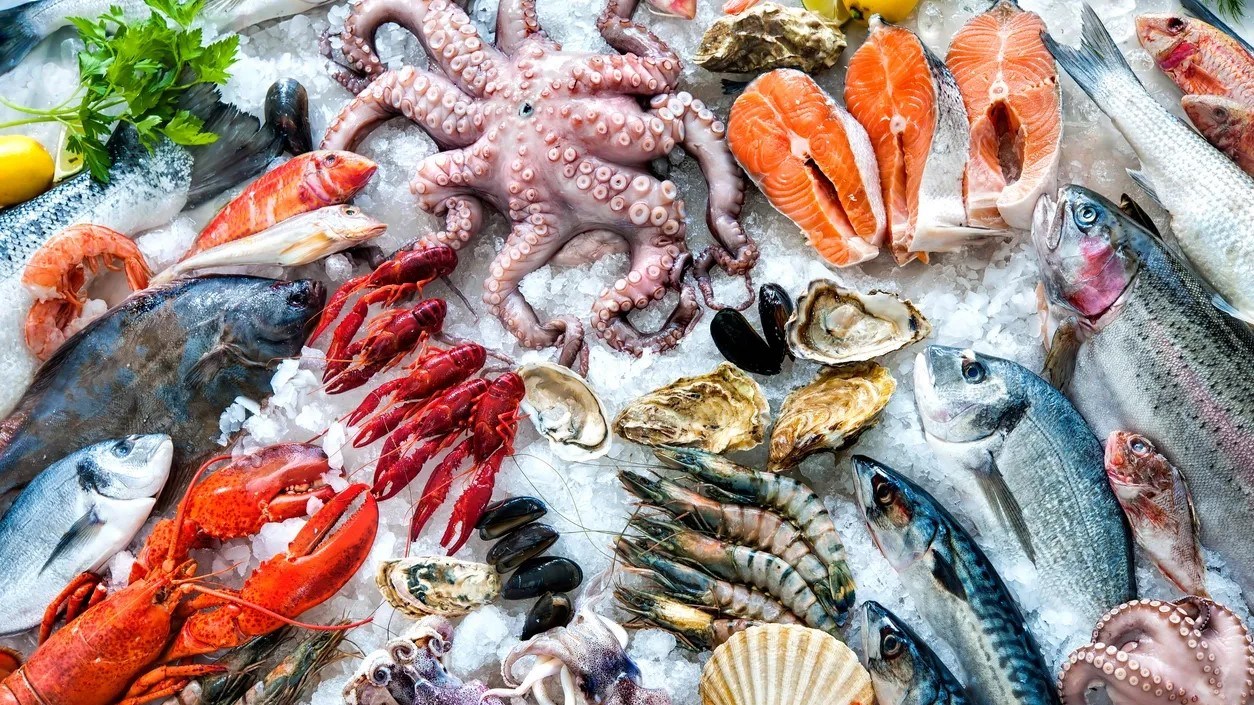Optimal Selection of a Fish Fridge for Your Seafood Business
Are you overwhelmed by the number of options available when selecting a fish fridge for your seafood business? This guide helps you navigate key features such as size, capacity, temperature control, build quality, insulation, and additional features ensuring you make an informed buying decision. Your customers will thank you for retaining the freshness and quality of your fish and seafood products.

Working in the seafood industry necessitates having a high-quality fish refrigerator or fish holding refrigerator for proper storage and food safety. With an array of options on the market, choosing an appropriate seafood or specialty fish fridge can be daunting. This guide will ease you into understanding the vital features to consider when purchasing a fish storage fridge, and help you make an informed decision.
Fish Fridge Size and Capacity
One of the pivotal factors to consider when purchasing a fish fridge is its size and capacity.
Factors to consider when looking at size and capacity:
- The refrigerator should be ample enough to store the quantity of fish you handle, with some extra space to cater for peak times.
- The capacity of the fridge is measured in cubic feet, and fish fridges typically vary between 10 cubic feet to an excess of 100 cubic feet for large-scale commercial activities.
- The fridge’s dimensions should be taken into account to confirm it will aptly fit in your workspace.
Temperature Control
Temperature control forms the crux of a fish fridge due to the critical nature of maintaining optimal temperatures for fish storage.
Key considerations in fish fridge temperature control:
- The fridge should maintain a consistent temperature between -2 to 0 degrees Celsius to maintain the freshness of fish.
- Opt for a fridge with an adjustable temperature control, thus allowing for an appropriate temperature for each type of fish.
- Advancements in fridges have resulted in digital temperature displays and alarms intended to inform you of any temperature fluctuations outside the safe range.
Build Quality and Insulation
The perennial effectiveness and efficiency of your fish fridge are largely contingent on the build quality and insulation.
Aspects to note in regards to build quality and insulation:
- Consider a fridge with a stainless steel or aluminum interior along with robust hinges and handles.
- Polyurethane or polystyrene insulation of at least 2 to 3 inches in thickness assists in maintaining a uniform temperature.
- The door must be airtight when closed to avoid any heat and air transfer.
- Some models are equipped with locks to limit access.
Supplementary Features
Additional features of the fridge might come in handy and offer an edge over other options on the market.
Useful supplementary features:
- Interior lighting
- Adjustable shelves
- Drainage systems
- Wheels or casters for easier mobility
- An internal fan that ensures an even temperature distribution and obviates the occurrence of hot or cold spots.
- The presence of timers for automatic defrosting of the unit.
Understanding these key aspects will help you identify the priorities as per your needs and budget. It is advisable to research reputable brands of fish fridges and seafood fridges to draw comparisons among the alternatives. Choosing the right fridge for your fish and seafood storage will ensure the freshness of your stock and ultimate satisfaction of your customers.
